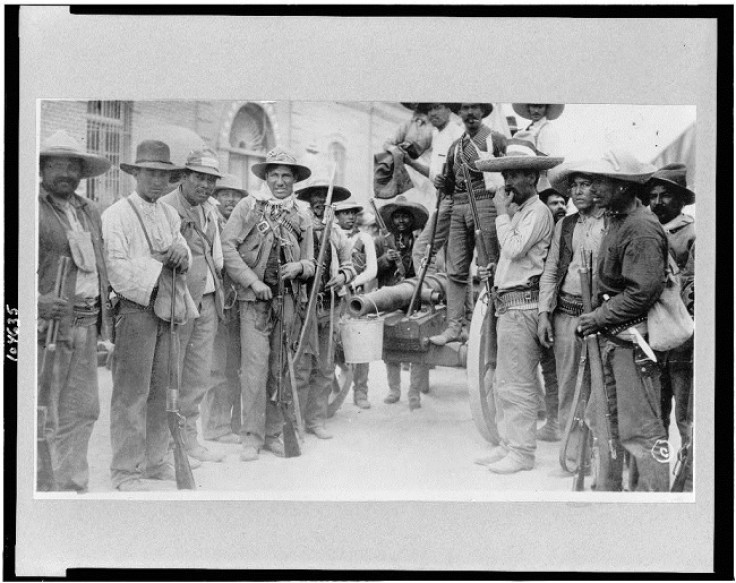19th Century Mexican Revolution 'Fighter' Leandra Becerra Lumbreras Becomes Oldest Person In World
127 year-old woman puts her longevity down to a good diet, exercising and never getting married

A woman who fought in the 1910 Mexican Revolution has become the oldest woman in the world, after reaching the age of 127.
Leandra Becerra Lumbreras was a leader of a group of women soldiers known as 'Las Adelitas' during the revolution. These women contributed significantly to the war effort, alongside the men during the bloody civil war.

After the revolution, Lumbreras went on to lead a full life. She was 27 when World War I broke out, 40 when Queen Elizabeth came to the throne, and 82 when man took his first steps on the moon.
Born on 31 August 1887, she has put her longevity down to a good diet, snacking in-between meals on chocolate, exercising, and never getting married.
She also attributes her long life to sleeping full days and keeping herself entertained by doing sewing and weaving.
She has 20 grandchildren, 73 great-grandchildren and 55 great-great grandchildren.
But according to Mexico's El Horizonte newspaper, she has already seen her five children and several of her grandchildren die.
Granddaughter Miriam Alvear, 43, said: "She is entirely lucid. She blows your mind with her stories from the revolution.
"She was always a woman who fought. She was still sewing and weaving until about two years ago. She never ceased to be active, that's why we think she's lived so long."
She added: "Her parents were singers. She loves to entertain her grandchildren with the old songs they taught her.
"She's always had a sweeth tooth, even at her old age. She has no diabetes or hypertension so can eat as many chocolates and sweets as she likes."
Lumbreras, however, is not officially recognised as the world's oldest human, as she lost her birth certificate 40 years ago. The Mexican authorities are in the process of supplying her with a new one. Until then Japan's Misao Okawa, aged 115, will hold the title.
The Mexican revolution was started in 1910 by rebel Francisco I Madero, who fought against autocrat Profirio Díaz, and lasted until around 1920. Most of the women fighters – also called 'Las Soldaderas' – were 'camp followers': women who transported goods, cooked meals, carried soldiers' equipment, or who worked as prostitutes servicing male soldiers.
However, around 200 of Las Soldaderas fought alongside the men in battles, while others were spies for the revolutionary forces.
© Copyright IBTimes 2024. All rights reserved.






